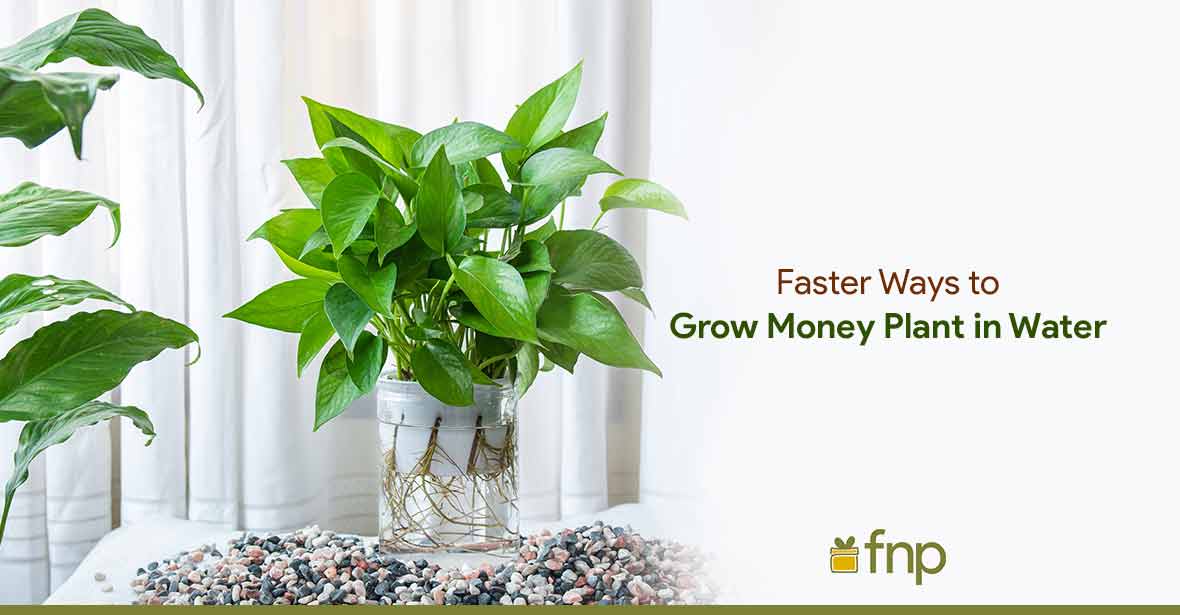Money plants, scientifically known as Epipremnum aureum, are among the most popular houseplants worldwide. Known for their easy growth and adaptability, these plants thrive in various conditions, making them ideal for both novice and experienced plant enthusiasts. Often associated with good luck and prosperity, they are favored for their air-purifying qualities, recognized by NASA. This section will explore the cultural significance and common perceptions surrounding money plants.
Introduction to Money Plants
Originating from the lush jungles of Southeast Asia, the money plant has captured the hearts of plant lovers around the globe. Its vibrant green leaves and trailing vines add a touch of nature to any indoor space. In many cultures, money plants symbolize wealth and prosperity, which is why they are often gifted during housewarming events and celebrations. Their connection to positive energy and luck has made them central figures in feng shui practices, where they are believed to attract financial success and prosperity. In addition to their cultural significance, the money plant’s resilience is a major selling point. They can thrive in various environments and conditions, making them perfect for busy lifestyles. Whether placed in a brightly lit room or a dim corner, money plants adapt and continue to grow, providing beauty and life to your home. This section sets the stage for understanding the multifaceted nature of money plants, which not only enhance our living spaces but also carry deep cultural meanings.

Botanical Classification
The money plant belongs to the Araceae family, which includes various species known for their ornamental value. Within this family, Epipremnum aureum is commonly referred to as Pothos or Devil’s Ivy. This classification reflects its unique characteristics, including its heart-shaped leaves and trailing vines, which can grow several feet long under optimal conditions. In comparison, the Money Tree, or Pachira aquatica, also holds a place of esteem in the world of houseplants. While both plants are often associated with wealth and good fortune, they differ significantly in appearance and care. The Money Tree features a braided trunk and palmate leaves, giving it a more tree-like appearance. Understanding these classifications not only helps plant enthusiasts appreciate their beauty but also guides them in proper care and maintenance. For more information on the family Araceae, you can visit Araceae.
Growing Conditions and Care
Money plants are incredibly resilient and can flourish in a variety of environments, from bright, indirect sunlight to low-light conditions. They prefer well-draining soil, which is key to preventing root rot. Generally, a potting mix that contains peat moss, perlite, and vermiculite works best. Watering needs are moderate; allowing the top inch of soil to dry out between waterings is crucial. Overwatering can lead to complications, so it’s important to monitor moisture levels closely. In terms of light, while they can tolerate low-light conditions, they thrive best in bright, indirect light. Direct sunlight can scorch their leaves, so it’s essential to find the right balance. Temperature preferences range from 65°F to 85°F, and they enjoy higher humidity levels. To propagate money plants, you can easily take cuttings and place them in water or soil, making them a fun and engaging project for plant enthusiasts. Additionally, keeping an eye out for common pests like spider mites and aphids will ensure healthy growth.
Culinary and Ornamental Uses
In addition to their ornamental appeal, money plants possess culinary uses, particularly in various cultures. The seeds of Pachira aquatica, for instance, are edible and rich in nutrients. They can be boiled or roasted and are often included in traditional dishes in some regions. While Epipremnum aureum is not commonly consumed, its relatives in the Araceae family sometimes find their way into culinary practices, showcasing the diversity of plant uses. Beyond the kitchen, money plants are ideal for home decor. Their trailing vines can be used to create stunning arrangements in hanging pots or as part of vertical gardens. They can also serve as unique gift options, symbolizing good fortune and prosperity. Incorporating money plants into your space not only enhances aesthetics but also connects you to a rich tradition of using plants to promote wellness and positive energy.
The Legend of the Money Tree
The Money Tree, or Pachira aquatica, has a fascinating backstory tied to prosperity and luck. Legend has it that a poor Taiwanese farmer found a Pachira plant, which brought him wealth and success. This narrative has contributed to the plant’s popularity as a symbol of good fortune, making it a staple in many households. The belief that placing a Money Tree in your home can attract financial success has led to its widespread adoption in feng shui practices. This legend has influenced cultural perceptions of the Money Tree throughout various regions. In many Asian cultures, it is common to see these plants in businesses and homes, often adorned with red ribbons or coins to enhance their luck-bringing properties. The Money Tree is more than just a plant; it represents hope, ambition, and the potential for prosperity. For more on the Money Tree, check out its page on Pachira aquatica.
Environmental Benefits
Money plants are not just aesthetically pleasing; they also play a significant role in improving indoor air quality. Studies conducted by NASA have shown that houseplants, including money plants, can filter harmful toxins from the air. They are particularly effective at removing formaldehyde, benzene, and xylene, which are common pollutants found in indoor environments. By incorporating money plants into your home or office, you can create a healthier living space. Additionally, money plants contribute to biodiversity, supporting various forms of life within their ecosystems. They can serve as habitats for beneficial insects and contribute to the overall health of indoor environments. The environmental benefits of having money plants indoors extend beyond air purification; they also promote mental well-being and enhance mood, making them excellent companions in our living spaces.
Economic Significance
The cultivation and commercial sale of money plants have economic implications, particularly in regions where they are grown as export crops. The money plant industry represents a significant market, with growers facing both opportunities and challenges. In many countries, the demand for ornamental plants continues to rise, providing income for local farmers and contributing to economic growth. However, growers also face challenges such as climate conditions and market fluctuations. Adapting to climate change and ensuring sustainable practices are vital for the longevity of the money plant industry. By understanding the economic significance of money plants, we can appreciate their role not just as houseplants but as contributors to local economies and livelihoods.
Conclusion: A Plant for All
In conclusion, money plants are versatile, resilient, and beneficial additions to any home. Their rich history, cultural significance, and practical uses make them a favorite among plant lovers. As we’ve explored, they offer not only aesthetic value but also environmental and economic benefits. Whether you are a seasoned plant enthusiast or a newcomer, the money plant is an excellent choice for improving your indoor environment. Adding a money plant to your collection is a simple yet impactful way to enhance your living space. With their ease of care and positive impact on well-being, it’s no wonder they are cherished worldwide. Consider welcoming a money plant into your home, and experience the myriad benefits it brings, from air purification to the joy of nurturing a living organism.
Additional Resources
For readers interested in further exploring the world of money plants, a wealth of resources is available online. Websites such as the American Horticultural Society and the Royal Horticultural Society offer valuable guides on plant care, propagation techniques, and pest management. Books dedicated to houseplant care can provide in-depth knowledge on maintaining healthy plants and incorporating them into home design. Additionally, local botanical gardens or plant nurseries often host workshops and events focused on horticulture, allowing you to connect with fellow plant enthusiasts. Engaging with these resources can deepen your appreciation for money plants and enhance your gardening skills, ensuring that your green companions thrive for years to come.
